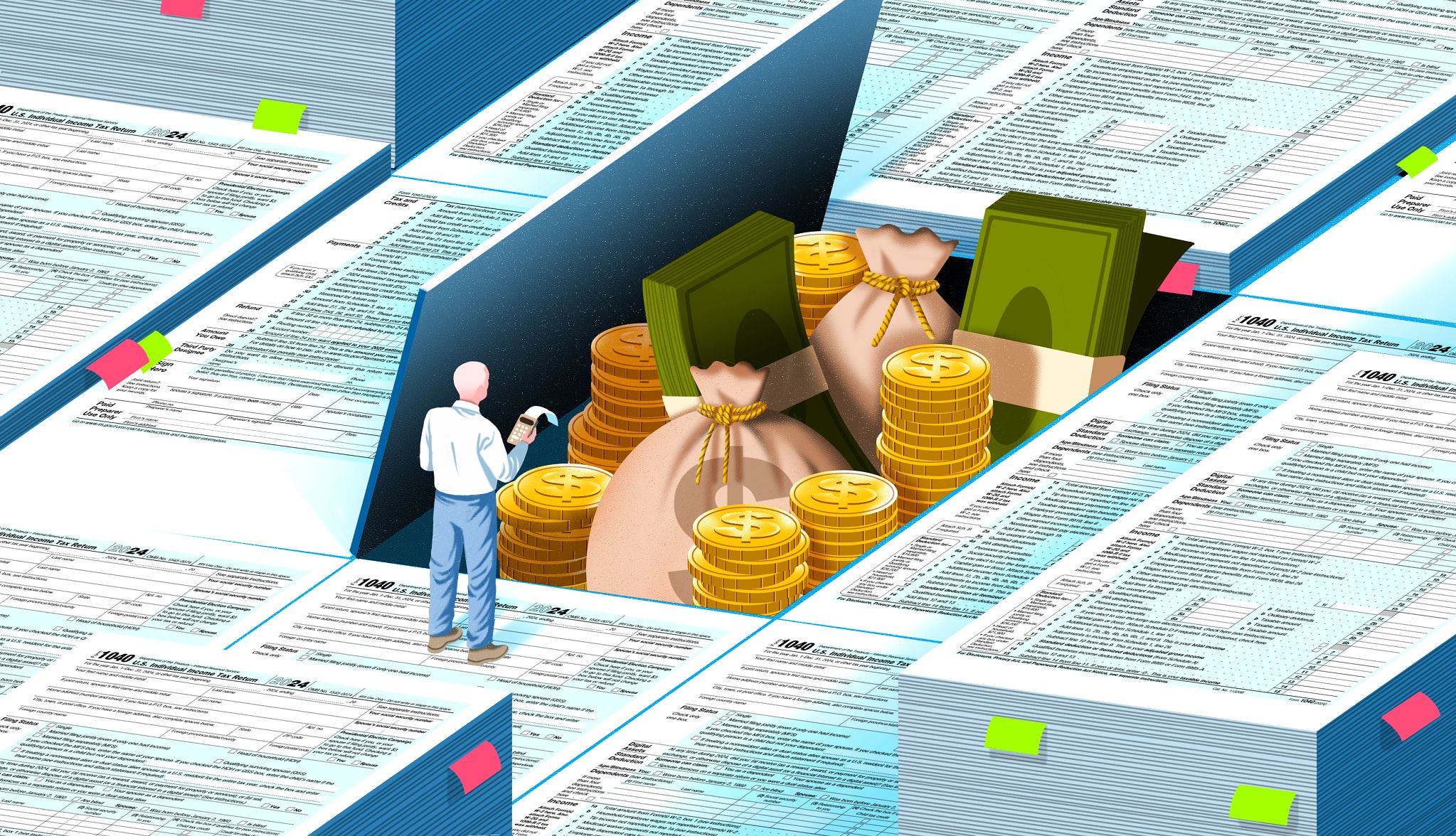
Could the saver’s credit reduce your tax bill?
- Select a language for the TTS:
- UK English Female
- UK English Male
- US English Female
- US English Male
- Australian Female
- Australian Male
- Language selected: (auto detect) - EN
Play all audios:

STATE ‘AUTO IRAS’ MAY HELP Access to retirement savings plans — or, rather, the lack of it — presents another hurdle. In 2022, nearly half of American workers ages 18 to 64 were employed by
businesses that do not offer any type of retirement plan, an AARP study found. One bright spot that might increase utilization of the Saver’s Credit is the rise of state-facilitated
“work-and-save” programs, typically involving so-called auto IRAs. Under these programs, most employers that do not offer a retirement plan can enroll workers in state-facilitated retirement
accounts and arrange for automatic payroll contributions, generally starting between 3 percent and 5 percent of wages and rising annually up to a set maximum. Contributions are completely
voluntary for employees. The accounts are considered qualified retirement plans for the Saver’s Credit, making more taxpayers eligible. These programs work because people are 15 times more
likely to save if they have a payroll deduction option in the workplace, according to AARP research. To date, with AARP’s support, 20 states have enacted auto IRAs or other work-and-save
programs. Several bills before Congress aim to establish a federal automatic IRA. Rademacher says the state programs can expand retirement savings plans to a new population of taxpayers. “It
could be a real boost to a lot more households now because of the way that the states have expanded their own retirement savings programs,” she says. “The fact that you’ve got all of these
new retirement savers that have potentially never before saved for retirement, that would be just an ideal opportunity to start to publicize and potentially increase the usage of this credit
among lower-income workers.” A provision of the SECURE 2.0 Act of 2022, a federal law designed to expand retirement saving, will also make the Saver’s Credit accessible to more taxpayers by
raising the income limit so more people qualify. SECURE 2.0 will also change the credit into a federal matching contribution, now called the “Saver’s Match.” Eligible filers can receive up
to $1,000 in matching funds in their qualifying retirement account, or up to $2,000 if filing jointly. The Saver’s Match is refundable, meaning it can turn a tax bill into a refund. These
changes take effect in 2027. Using past tax return data, the Employee Benefit Research Institute estimates that 21.9 million people would be eligible for the matching contribution, known as
the Saver’s Match, based on their income and contributions to a qualified retirement plan. That figure could be low, the institute said in a February 2024 report, because it only reflects
taxpayers with W-2 wage income and not those whose earnings come primarily from contract or freelance work reported on 1099 forms. Doonan notes that retirement savings incentives are
generally skewed toward higher-income earners for three reasons. “Higher income workers are more likely to have access to an employer-sponsored plan,” he says. “They are also able to save
more of their income, and their tax break is worth more because they are in a higher marginal tax bracket.” The Saver’s Credit helps level the playing field a bit. “Expansion of the Saver’s
Credit is really targeted at helping low- and moderate-income persons to increase their savings for retirement,” says David Certner, legislative policy director at AARP. If you didn’t
contribute to a retirement plan in 2024, it’s not too late to take advantage of the Saver’s Credit. You have until the tax filing deadline on April 15, 2025, to make a contribution to a
traditional IRA or Roth IRA for the 2024 tax year. The deadline for 2024 contributions to workplace retirement plans, such as 401(k)s, was December 31, 2024. Find Your State's Tax
Guide Learn more about your state’s tax policies and tax breaks. Check back for updates and new guides. Select Your State
